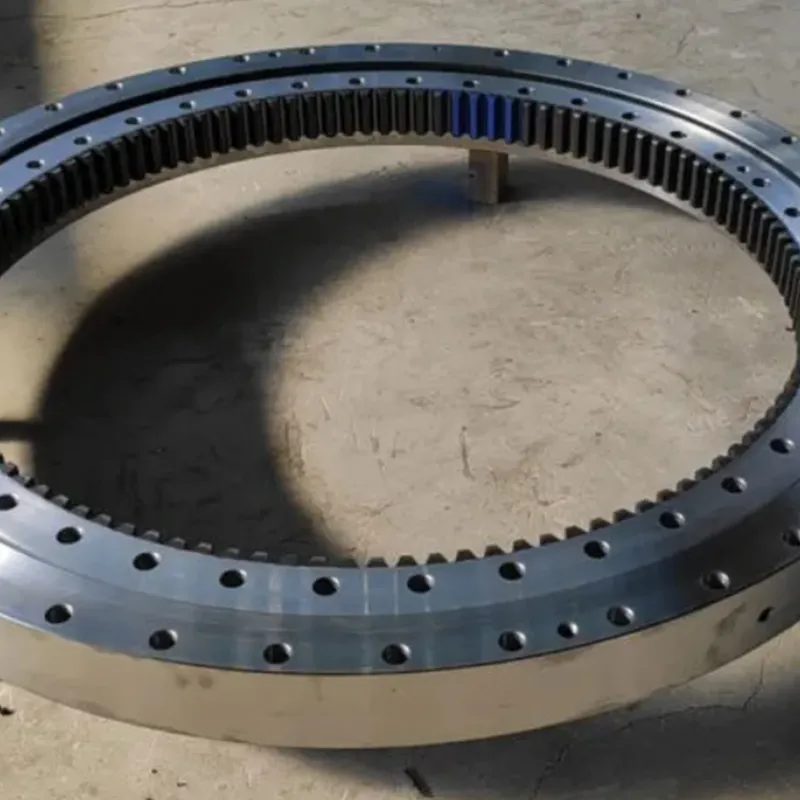-
Cangzhou Yulong Steel Co., Ltd.
-
Phone:
+86 13303177267 -
Email:
admin@ylsteelfittings.com
- English
- Arabic
- Italian
- Spanish
- Portuguese
- German
- kazakh
- Persian
- Greek
- French
- Russian
- Polish
- Thai
- Indonesian
- Vietnamese
- Zulu
- Korean
- Uzbek
- Hindi
- Serbian
- Malay
- Ukrainian
- Gujarati
- Haitian Creole
- hausa
- hawaiian
- Hebrew
- Miao
- Hungarian
- Icelandic
- igbo
- irish
- Japanese
- Javanese
- Kannada
- Khmer
- Rwandese
- Afrikaans
- Albanian
- Amharic
- Armenian
- Azerbaijani
- Basque
- Belarusian
- Bengali
- Bosnian
- Bulgarian
- Catalan
- Cebuano
- China
- China (Taiwan)
- Corsican
- Croatian
- Czech
- Danish
- Esperanto
- Estonian
- Finnish
- Frisian
- Galician
- Georgian
- Kurdish
- Kyrgyz
- Lao
- Latin
- Latvian
- Lithuanian
- Luxembourgish
- Macedonian
- Malgashi
- Malayalam
- Maltese
- Maori
- Marathi
- Mongolian
- Myanmar
- Nepali
- Norwegian
- Norwegian
- Occitan
- Pashto
- Dutch
- Punjabi
- Romanian
- Samoan
- Scottish Gaelic
- Sesotho
- Shona
- Sindhi
- Sinhala
- Slovak
- Slovenian
- Somali
- Sundanese
- Swahili
- Swedish
- Tagalog
- Tajik
- Tamil
- Tatar
- Telugu
- Turkish
- Turkmen
- Urdu
- Uighur
- Welsh
- Bantu
- Yiddish
- Yoruba

Nov . 09, 2024 06:11 Back to list
Techniques and Best Practices for 3G Pipe Welding in Pipeline Construction
Understanding 3G Pipe Welding Techniques and Best Practices
3G pipe welding is a critical process in various industries, particularly in construction, manufacturing, and maintenance of pipelines. It refers to welding pipe joints in a vertical position where the pipe is oriented at an angle, allowing welders to execute a weld that positions the filler material perpendicular to the ground. This article explores the techniques, equipment, and best practices associated with 3G pipe welding.
The Basics of 3G Pipe Welding
The term 3G designates one of the various welding positions defined by the American Welding Society (AWS). Specifically, it indicates a vertical-up position (also referred to as vertical welding) suitable for pipe joints. Achieving a strong, clean weld in this position requires a comprehensive understanding of the welding techniques and materials used.
Welding pipes in the 3G position can present unique challenges. Gravity affects the molten weld pool, making it essential for welders to control the heat and filler material carefully to prevent issues such as sagging or excessive spatter. The skill needed to perform high-quality vertical welds often comes with extensive practice and familiarization with various welding processes.
Common Welding Processes for 3G Welds
Several welding processes can be employed for 3G pipe welding, including stick welding (SMAW), gas tungsten arc welding (GTAW), and gas metal arc welding (GMAW). Each method presents distinct advantages and challenges
1. Stick Welding (SMAW) This process is versatile and can be utilized outdoors or in confined spaces. However, the welder must frequently change the electrode and may experience slag inclusions if not carefully managed. For vertical welding, the use of a smaller diameter electrode can help control the bead shape and penetration.
2. Gas Tungsten Arc Welding (GTAW) Known for producing high-quality welds, GTAW is often employed for thin-walled pipes and critical applications. It demands high skill levels and meticulous technique, particularly for vertical positions as maintaining a steady arc is essential.
3. Gas Metal Arc Welding (GMAW) This method allows for faster welding speeds and is extensively used in industrial applications. While GMAW can be more forgiving than the previous processes, maintaining the right parameters is crucial to achieving good penetration and bead appearance in vertical welding.
Equipment and Preparation
Proper preparation and equipment selection are paramount in 3G pipe welding. Essential tools include
3g pipe welding

- Welding Machine A reliable machine able to handle the demands of the chosen welding process is necessary. For instance, a DC welder is commonly used for SMAW while a constant voltage machine is ideal for GMAW.
- Filler Material Choosing the correct filler rod or wire based on the base material is crucial not only for strength but also for compatibility in terms of thermal expansion and corrosion resistance.
- Protective Equipment Safety is of utmost importance in welding. Welders should wear appropriate gear, including helmets with proper filters, gloves, and protective clothing to safeguard against sparks, heat, and UV radiation.
Best Practices
To ensure successful 3G pipe welding, several best practices should be followed
1. Practice and Skill Development As vertical welding is technical, regular practice and skill enhancement through training are essential for quality output.
2. Pre-Weld Preparation Proper cleaning and fitting of the pipe joint minimize contamination issues during the weld process.
3. Controlled Environment Whenever possible, perform welding in a controlled environment, avoiding drafts or wind that could affect the weld pool.
4. Regular Inspection Post-weld inspections are critical to ensure that integrity and quality standards are met. Nondestructive testing methods can be used to identify imperfections in the weld.
Conclusion
3G pipe welding is an essential skill in many industrial applications. By understanding the processes, equipment, and best practices involved, welders can master this technique to produce strong, durable joints. With continuous improvement and adherence to safety standards, successful 3G pipe welding can significantly affect project outcomes and longevity in the pipeline industry.
Latest news
-
ANSI 150P SS304 SO FLANGE
NewsFeb.14,2025
-
ASTM A333GR6 STEEL PIPE
NewsJan.20,2025
-
ANSI B16.5 WELDING NECK FLANGE
NewsJan.15,2026
-
ANSI B16.5 SLIP-ON FLANGE
NewsApr.19,2024
-
SABS 1123 FLANGE
NewsJan.15,2025
-
DIN86044 PLATE FLANGE
NewsApr.19,2024
-
DIN2527 BLIND FLANGE
NewsApr.12,2024
-
JIS B2311 Butt-Welding Fittings LR/SR 45°/90° /180°Seamless/Weld
NewsApr.23,2024











